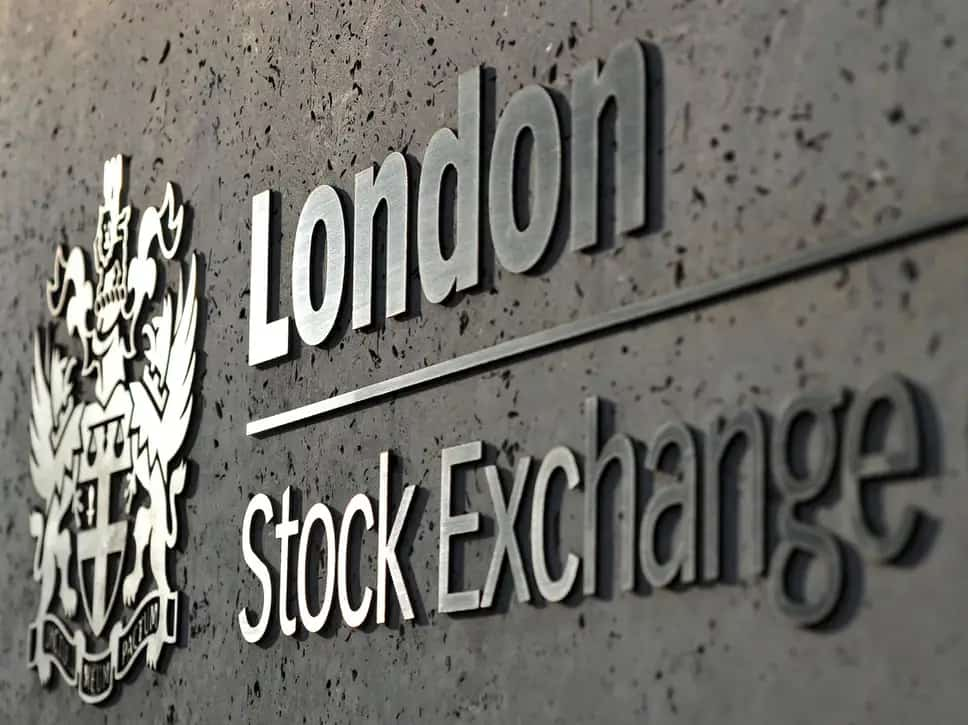
Number of companies trading on London Stock Exchange drop by 17% in 5 years
Despite remaining a dominant player in the market, The London Stock Exchange (LSE) appears to be losing its lustre based on the number of companies trading monthly on the platform. Over the last five years, the number has been dropping gradually to hit new lows in 2020.
Data gathered by Buy Shares indicates that between January 2005 and May 2020, the number of monthly trading companies on LSE has dropped by 17%. In January 2005, the number stood at 2,425 and by May this year, the number was 2,005, the lowest ever in the last five years. At the end of January this year, the companies were 2,024, and later increased by 0.56% to 2,036, a month later. From this yearly high, the number kept dropping to hit the May figure. Notably, between February 2017 and April 2018, the number of companies remained largely constant averaging at 2,034. Between April 2018 and May 2018, the companies increased by 6.98% to 2,163. This was one of the highest spikes in the last five years.
During the five year period under review, the highest number of monthly trading companies on LSE was in January 2015 at 2,429. From this point, the number has been dropping gradually. The biggest plunge was between January 2017 at 2,261 and February 2017 at 2,037, a drop of 9.9%.
Coronavirus impact on LSE
The continued drop in the number of companies trading on LSE correlated with the coronavirus crisis. The crisis hit the global stock market hard resulting in a wipe-off in billions in stock values alongside extreme volatility and massive sell-offs. The losses registered on the London Stock Exchange are among the worst historically.
The pandemic worsed matters for LSE considering that in 2019, there was a slowing global economic activity thanks to the United States-China trade tensions, weak eurozone growth, and prolonged Brexit uncertainty. When these factors combined, LSE knocked flotations and equity raising on the exchange.
London Stock Exchange daily trades skyrockets
The Buyshares.co.uk research also provides data on the number of daily trades on the London Stock Exchange in the United Kingdom between January 2015 and March 2020. During the period under review, the highest daily trades on LSE was in March 2020 at 2.04 million. Despite the number of companies on LSE dropping this year, the daily trades in March had a spike of about 158.7% compared to January figures.
Between January 2015 and March 2020, daily trade increased by 122.33%. In January 2015, the average daily trades stood at 916,050. The lowest daily trades were recorded in December 2015 at 772,990. Before the March 2020 spike, the highest daily trades on LSE were recorded in February 2018 when the number was 1.25 million. Excluding the March figures, the trades on the London Stock Exchange remained fairly constant with an average of about 964,1461. It worth mentioning that, the daily trades surpassed the 2 million mark for the first time in March 2020.
The average daily number of trades refers to the number of shares traded within a day in a given stock. This is a key metric since the high or low average daily number of trades attracts different types of traders and investors. For an exchange to attract more traders and investors, it needs to have a high number of average daily trade since it is easier to get into and out positions. Low volume assets have fewer buyers and sellers, and therefore it may be harder to enter or exit at the desired price. For the London Stock Exchange, the spike in March is a positive signal.
In most cases when the average daily number of trades increases or decreases significantly, it points to a situation where there has been a dramatic shift in how investors value assets listed on the exchange. Usually, higher average daily trading volume is a clear indicator that the asset is more competitive, has narrower spreads, and is largely less volatile.
Moving forward, the stock market is expected to rebound as economies reopen globally. Already there are positive signs of a stock market rally led by several sectors including technology and healthcare companies.
